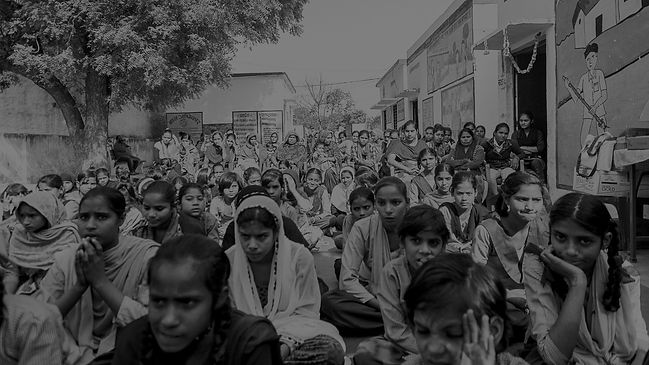
The Problem
Period Poverty: The lack of access to menstrual products and inadequate education surrounding menstruation.

Factors Contributing to Period Poverty
High Cost
The high cost affects the ability of women to afford sanitary products, thereby increasing period poverty. According to a recent report by PlushCare, in some countries both women and girls spend as much as 15% of their monthly earning on their menstruation needs. Because low-income women are not able to afford products, they often give up essential resources to afford them.
Social Stigma
Centered around the core idea of “impurity,” women are prevented from participating in daily activities. According to the National Institute of Health, 58% of women in the United States are ashamed of having a period, and in the United States 51% of men believe that it is improper to discuss periods. Beliefs such as these perpetuate discrimination and hinder the ability of women and girls to lead their lives without shame.
Lack of Education
COVID-19
Nearly 71% of adolescent girls are unaware of menstruation until their first cycle. Many schools overlook the topic of menstrual health education, dismissing important topics of health and hygiene. The lack of education prompts the rise of stigmatization, health risks, gender inequality, and perpetuates cultural and societal norms that view menstruation as as taboo.
The coronavirus pandemic left marginalized populations who were already struggling to afford menstrual products at a greater loss. According to a study conducted by the National Institutes of Health, 30% of people indicated the COVID-19 pandemic made it more difficult to access period products.
IMPACT
Lack of Education

Poor Physical Health

Compromised Emotional Wellbeing

Lower Income

In India alone, 98% are without access to sanitary napkins, as reported by the Ministry of Health. This lack of access and education leads to significant gender disparity and perpetuates myths that cause school dropouts and ostracization. A 2014 report states nearly 23 million Indian girls leave school annually due to inadequate menstrual hygiene management, revealing a deeply ingrained stigma where 70% of mothers view menstruation as dirty, and 71% of adolescent girls are unaware of menstruation until their first cycle.
